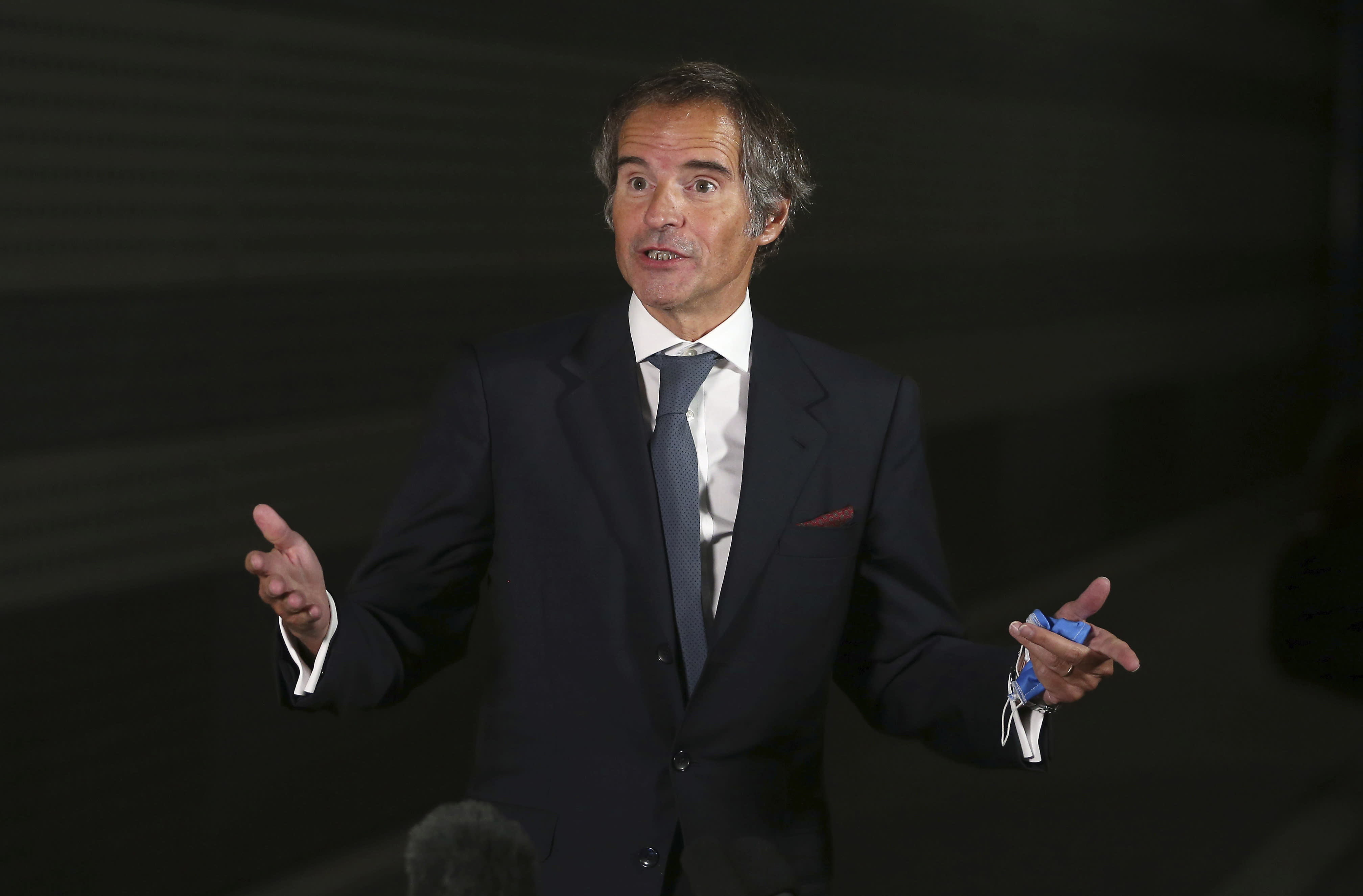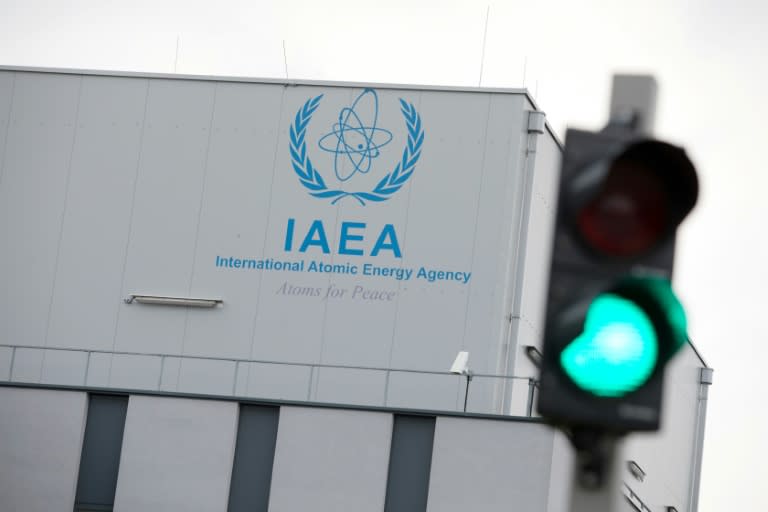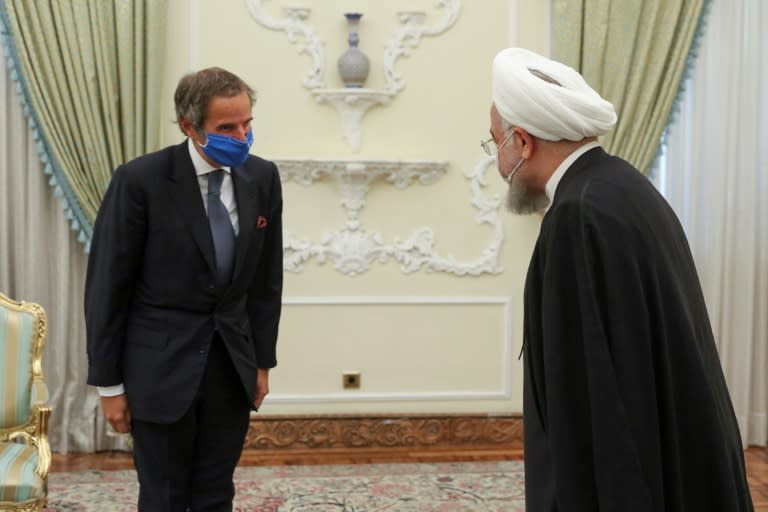HURRICANE LAURA IMPACT
Total’s (NYSE: TOT) Port Arthur refinery is awaiting the restoration of electricity in order to restart operations following Hurricane Laura. Citgo and Phillips 66 (NYSE: PXD) said that assessments of the damage at their facilities in Lake Charles could take days.
- Chesapeake Energy (NYSE: CHK) hoped to cancel a $300 million contract with Energy Transfer (NYSE: ET), but a court ruled in Energy Transfer’s favor.
- Enbridge (NYSE: ENB) said that an offshore natural gas pipeline that services four offshore platforms in the Gulf of Mexico remained out of commission due to the hurricane.
Tuesday, September 1, 2020
Oil prices rose on Tuesday on new manufacturing data from both the U.S. and China, which surprised on the upside. The dollar also weakened, adding some support to crude. Nevertheless, crude is showing few signs of being able to break out from its current range.
Distressed shale assets from the last boom. Many of the M&A deals in U.S. shale following the 2014-2016 oil market downturn are now “unworkable,” according to Reuters. Of the 50 largest acreage purchases between 2016 and 2019, 31 of them only add value if Brent trades above $50 per barrel. For instance, Diamondback Energy (NASDAQ: FANG) paid roughly $54,977 per acre when it purchased Energen in 2018, a deal that would now breakeven if Brent averaged $77 per barrel.
Gulf of Mexico output remains down. As of Monday, about 53 percent of oil production in the Gulf of Mexico was still shut-in, following the devastation from Hurricane Laura. About 41 percent of natural gas production is shut-in. Personnel remain evacuated from 117 production platforms or 18 percent of the total.
- Enbridge (NYSE: ENB) said that an offshore natural gas pipeline that services four offshore platforms in the Gulf of Mexico remained out of commission due to the hurricane.
Tuesday, September 1, 2020
Oil prices rose on Tuesday on new manufacturing data from both the U.S. and China, which surprised on the upside. The dollar also weakened, adding some support to crude. Nevertheless, crude is showing few signs of being able to break out from its current range.
Distressed shale assets from the last boom. Many of the M&A deals in U.S. shale following the 2014-2016 oil market downturn are now “unworkable,” according to Reuters. Of the 50 largest acreage purchases between 2016 and 2019, 31 of them only add value if Brent trades above $50 per barrel. For instance, Diamondback Energy (NASDAQ: FANG) paid roughly $54,977 per acre when it purchased Energen in 2018, a deal that would now breakeven if Brent averaged $77 per barrel.
Gulf of Mexico output remains down. As of Monday, about 53 percent of oil production in the Gulf of Mexico was still shut-in, following the devastation from Hurricane Laura. About 41 percent of natural gas production is shut-in. Personnel remain evacuated from 117 production platforms or 18 percent of the total.


View photos

View photos

View photos
Related: Supermajors Still Struggling Despite Oil Price Recovery
EVs still costly to produce. EVs will remain more costly to manufacture than traditional gasoline and diesel-fueled vehicles for the rest of the decade, according to new research. EV manufacturing costs could average 16,000 euros by 2030, or 9 percent higher than conventional cars.
EVs still costly to produce. EVs will remain more costly to manufacture than traditional gasoline and diesel-fueled vehicles for the rest of the decade, according to new research. EV manufacturing costs could average 16,000 euros by 2030, or 9 percent higher than conventional cars.








 Photo Illustration by The Daily Beast/Getty
Photo Illustration by The Daily Beast/Getty





